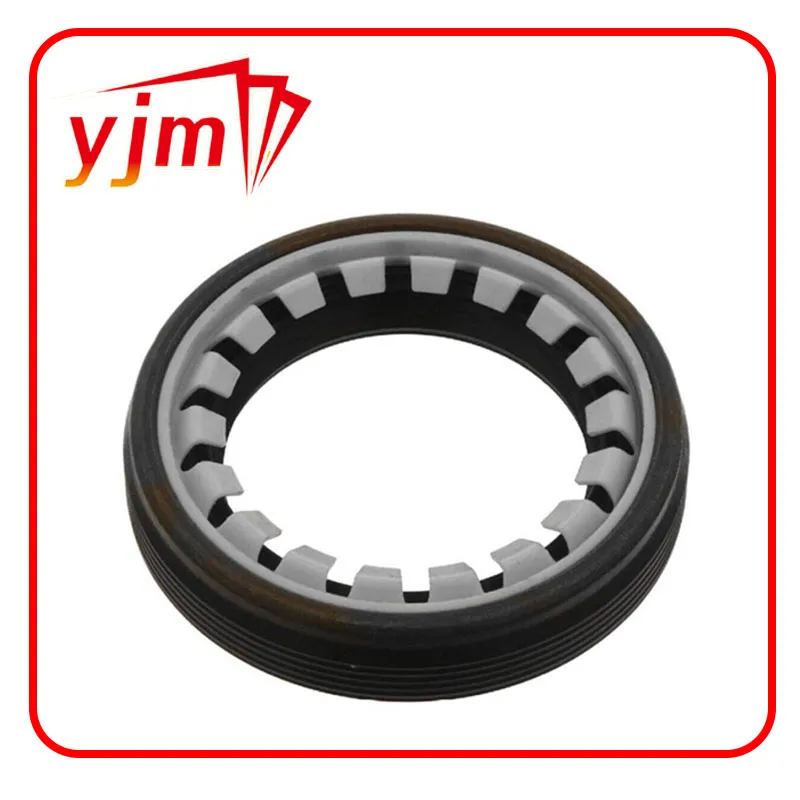rotary shaft seal
Understanding Rotary Shaft Seals A Key Component in Machinery
Rotary shaft seals play a vital role in various machinery and equipment, ensuring efficient performance and longevity. These seals are essential in preventing fluid leakage and protecting against contaminants, which could result in significant mechanical failures and operational inefficiencies. This article will delve into the importance, types, construction, applications, and maintenance of rotary shaft seals.
What is a Rotary Shaft Seal?
A rotary shaft seal, sometimes called a lip seal or oil seal, is a device that aids in sealing rotating shafts in machinery. It functions by maintaining a barrier between two different environments, typically an external atmosphere and an internal lubricant or fluid reservoir. This prevents oil, grease, or other fluids from leaking out, while also keeping dust, dirt, water, and other contaminants from entering.
Importance of Rotary Shaft Seals
The importance of rotary shaft seals cannot be overstated. They ensure the proper functioning of machinery by preventing leakage, which can lead to several issues, including reduced efficiency, increased maintenance costs, and even catastrophic failures. For instance, in automotive applications, a failing shaft seal can result in oil leaks that may lead to engine damage, requiring expensive repairs. In industrial machinery, effective sealing can prevent costly downtime and enhance the overall performance of the equipment.
Types of Rotary Shaft Seals
Rotary shaft seals come in various types, each designed for specific applications. The most common types include
1. Rubber Lip Seals These are the most widely used seals, made from materials such as nitrile or fluorocarbon. Rubber lip seals are versatile and provide excellent sealing properties for a range of fluids.
2. PTFE Lip Seals Polytetrafluoroethylene (PTFE) seals are known for their low-friction properties and high resistance to chemicals and extreme temperatures. They are ideal for applications involving aggressive fluids.
rotary shaft seal

3. Metal Seals Used in high-pressure and temperature applications, metal seals provide robust sealing solutions where traditional materials may fail.
4. Composite Seals These seals combine different materials to optimize performance characteristics, making them suitable for specialized industrial applications.
Construction of Rotary Shaft Seals
Rotary shaft seals consist primarily of a sealing element, a metal retaining ring, and, in many cases, a spring. The sealing element is typically made of elastomeric materials, while the metal ring provides structural support. The spring applies a radial force against the sealing lip, ensuring a tight fit against the shaft surface. This design allows for dynamic sealing and helps to maintain contact with the shaft, adapting to slight movements and wear.
Applications of Rotary Shaft Seals
Rotary shaft seals are used across a multitude of industries, including automotive, aerospace, manufacturing, and oil and gas. They are found in engines, gearboxes, pumps, and many other applications where rotating shafts are present. Their reliability and effectiveness in various environments make them indispensable components in modern machinery.
Maintenance and Replacement
Regular maintenance and timely replacement of rotary shaft seals are essential to avoid leaks and ensure optimal machinery performance. Signs that a seal may need replacement include visible leaks, unusual noise, or reduced fluid levels. Routine inspections can help identify potential issues before they escalate, thereby prolonging the life of the machinery and reducing overall operational costs.
Conclusion
In conclusion, rotary shaft seals are crucial components in a wide range of applications, ensuring efficient operation and protecting equipment from leaks and contamination. Understanding their types, construction, and maintenance requirements is vital for anyone involved in machinery design, operation, or maintenance. By prioritizing the integrity of these seals, businesses can enhance productivity and minimize costly downtime.
-
The Ultimate Guide to Car Repair Kits: Tools and Essentials Every Driver Should Own
News Aug.01,2025
-
The Complete Guide to Oil Pan Gaskets: Sealing Engine Leaks the Right Way
News Aug.01,2025
-
Preventing Oil Leaks: A Complete Guide to Oil Pan Gaskets and Drain Seals
News Aug.01,2025
-
Everything You Need to Know About Oil Pan Gaskets and Drain Plug Seals
News Aug.01,2025
-
Essential for Car Owners: How to Use a Car Repair Kit to Deal with Minor Breakdown
News Aug.01,2025
-
Comprehensive Guide to Engine Oil Sump Gaskets and Related Seals
News Aug.01,2025
-
The Ultimate Guide to Boat Propeller Bearings and Trailer Wheel Bearings
News Jul.31,2025
Products categories















